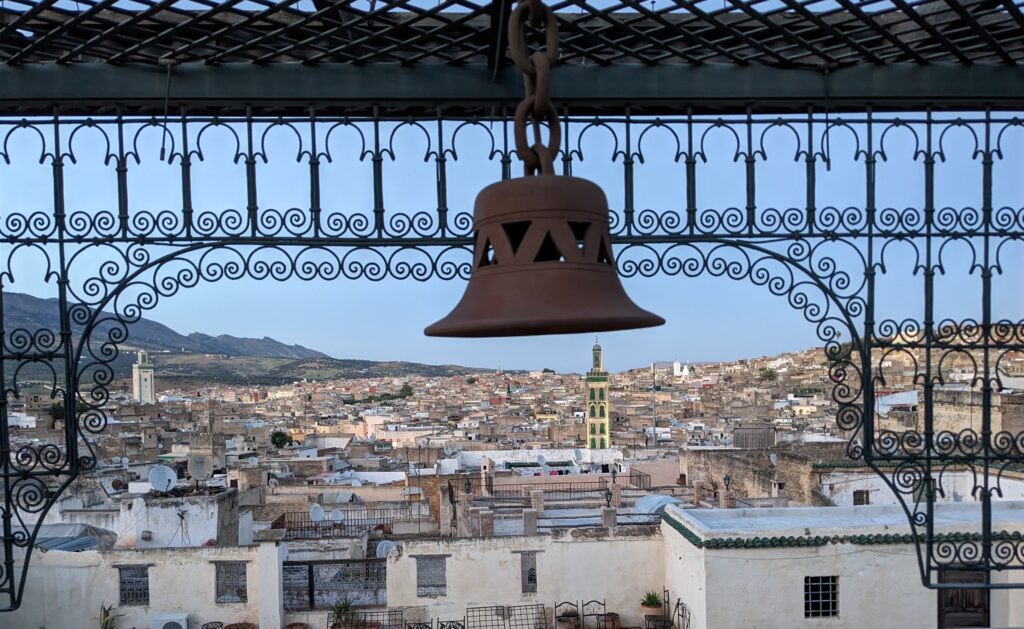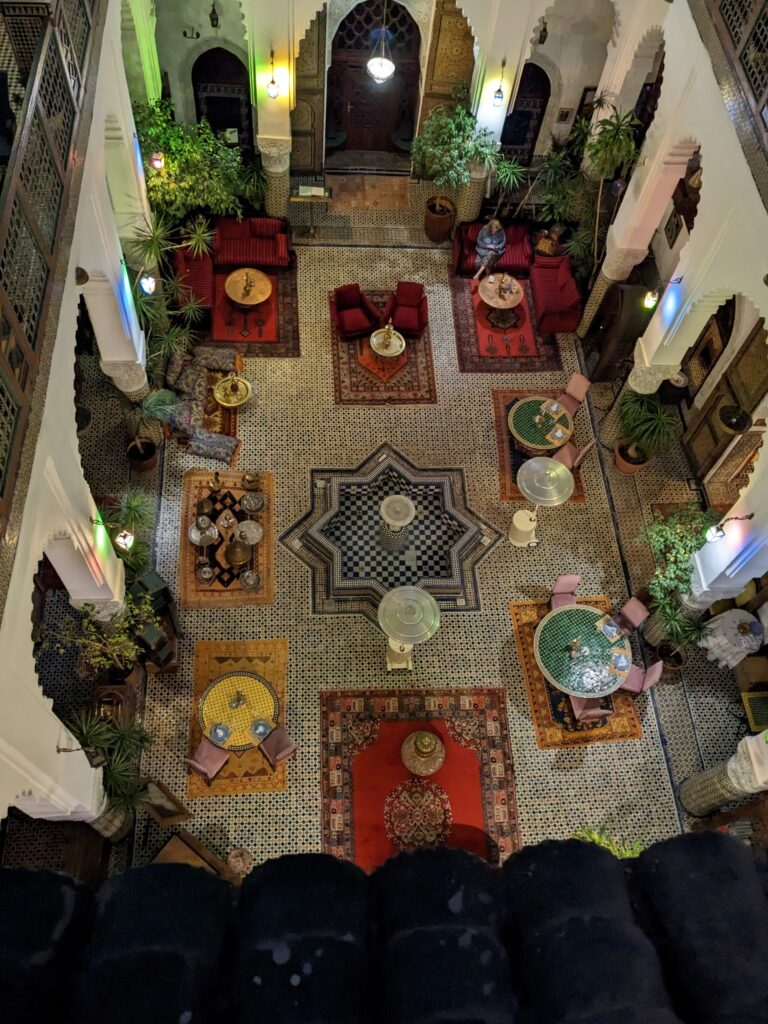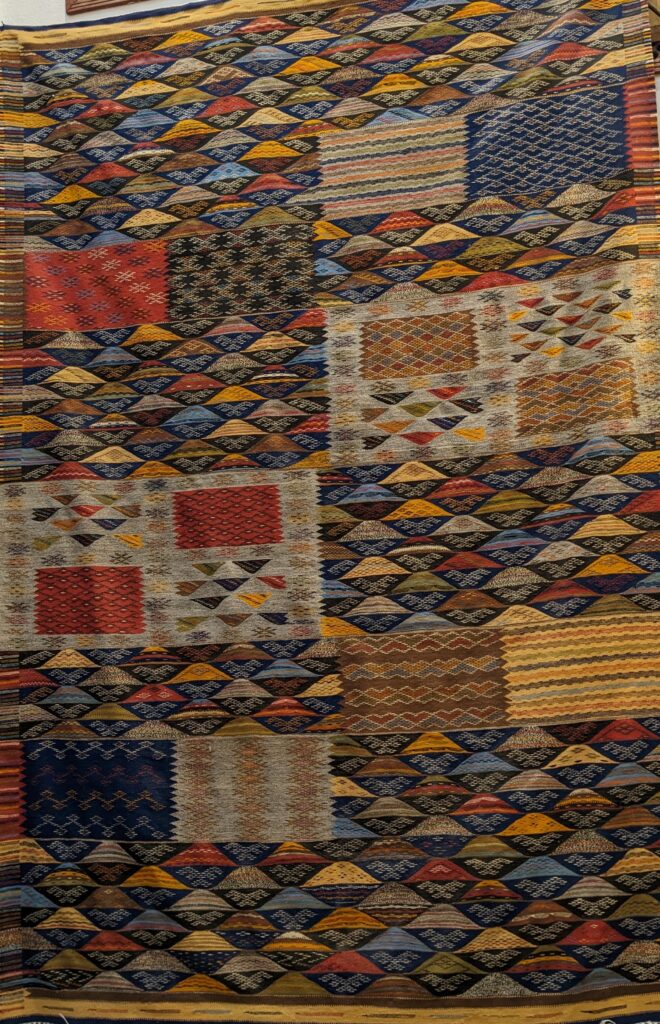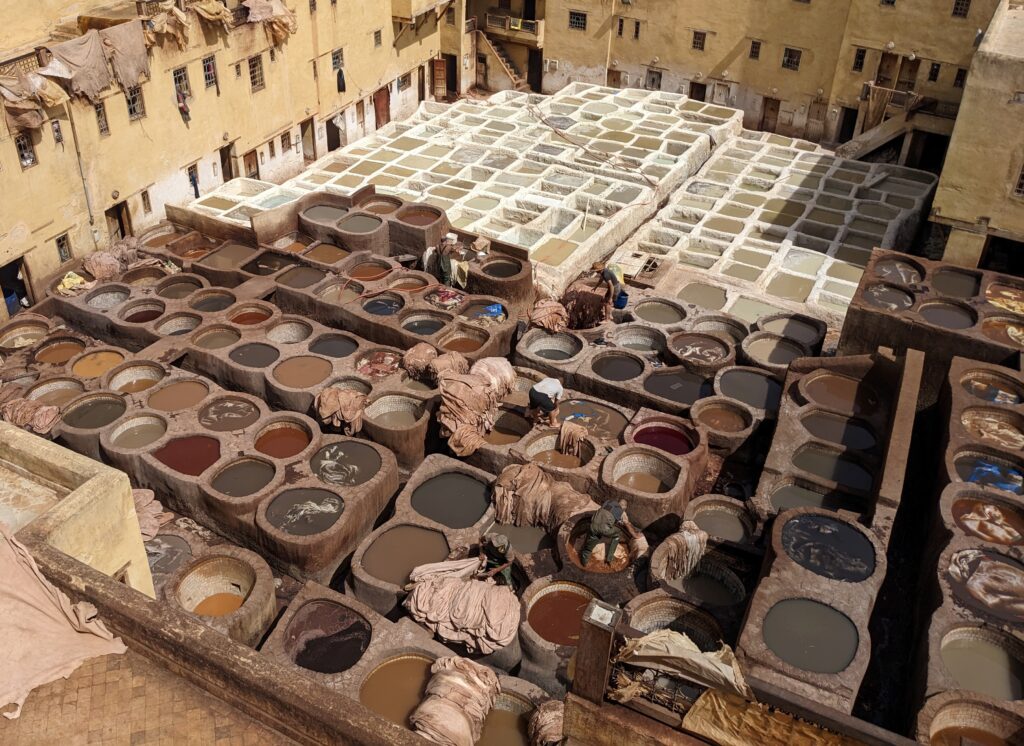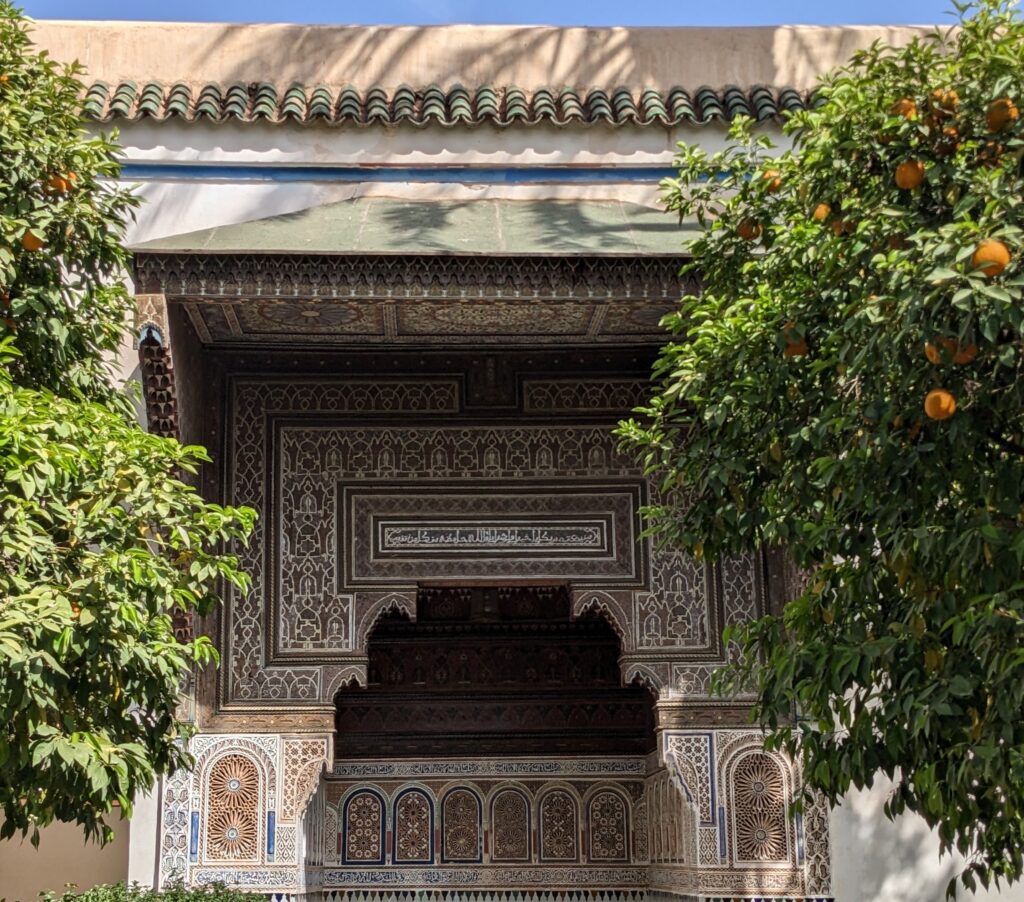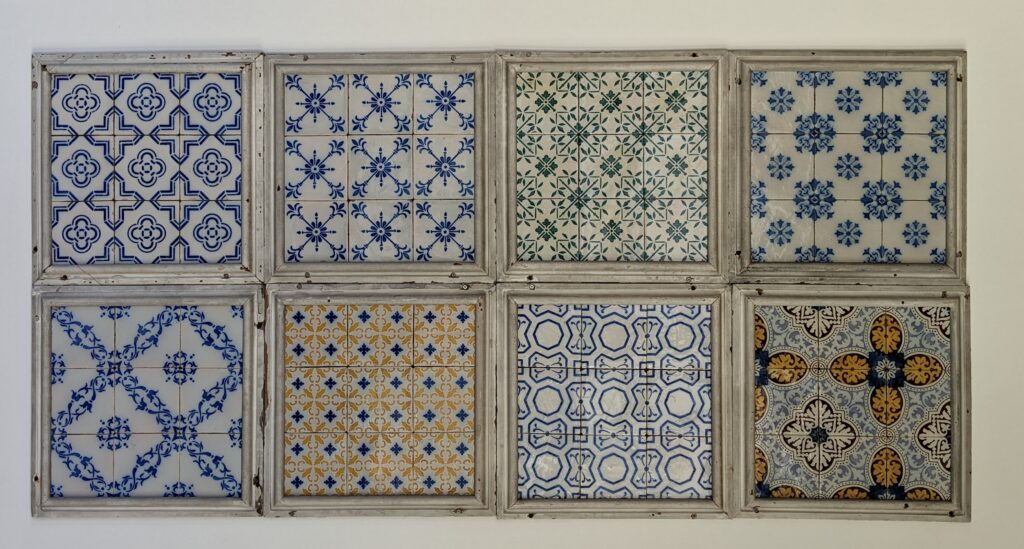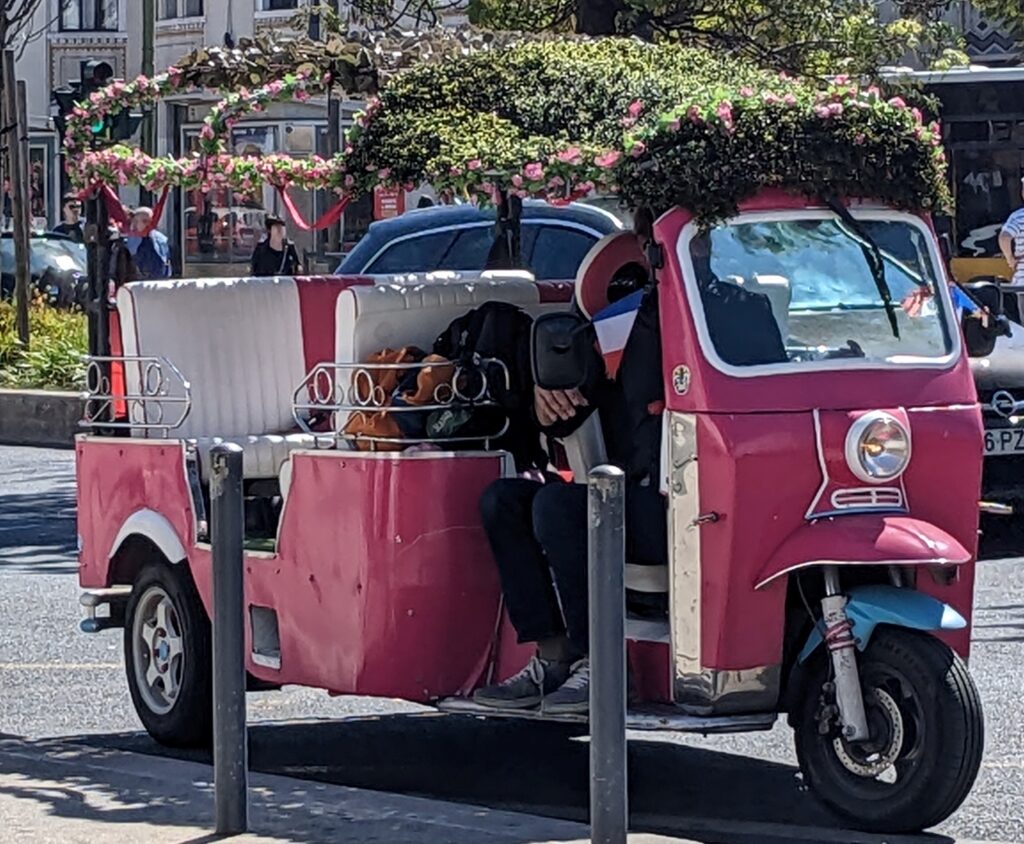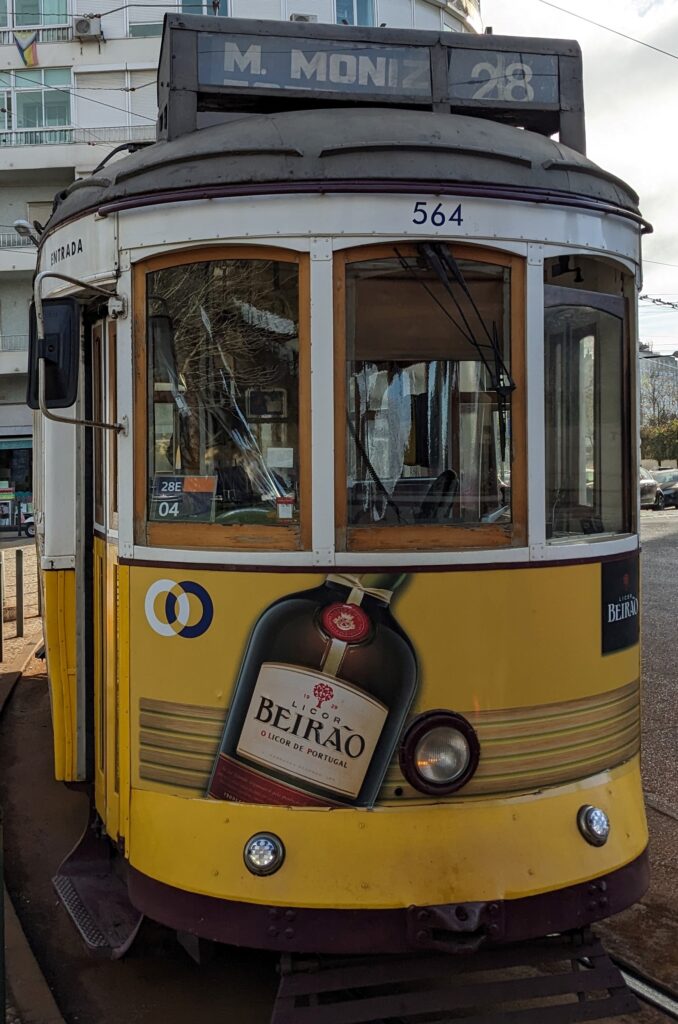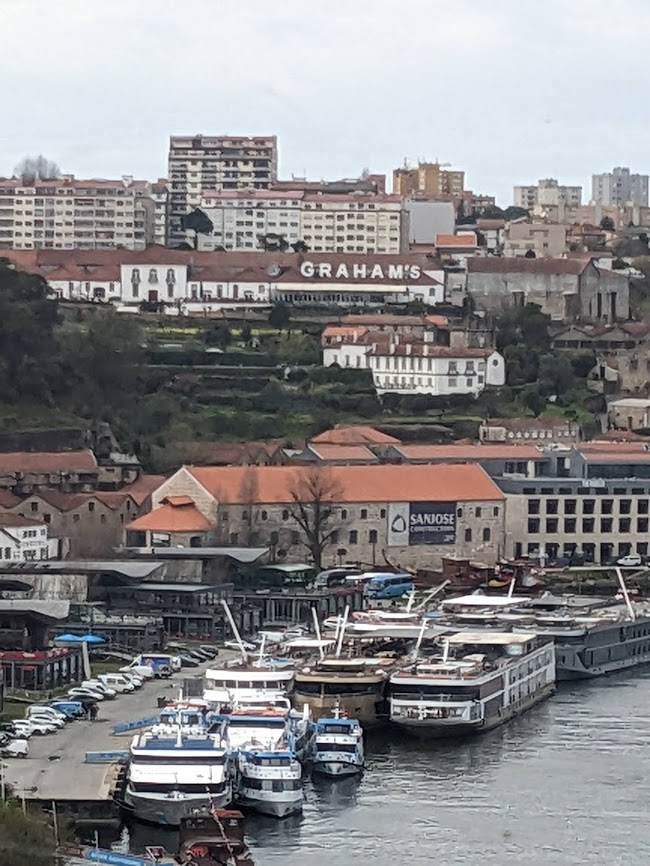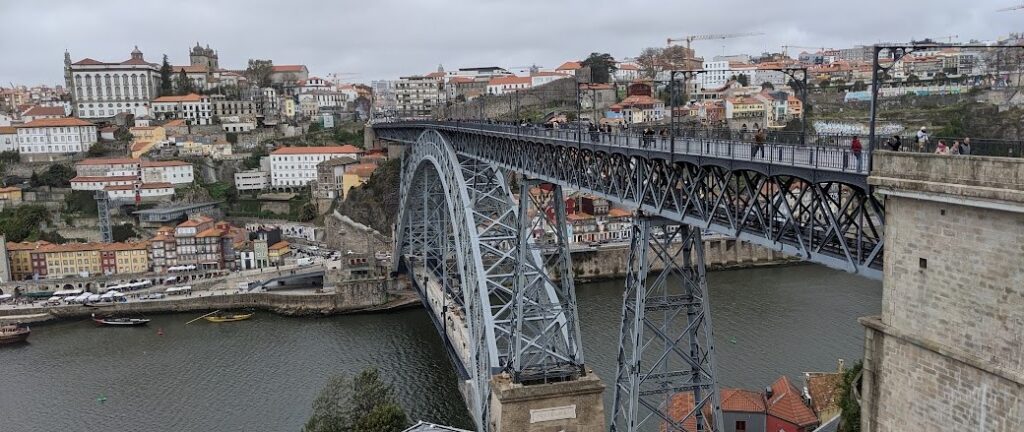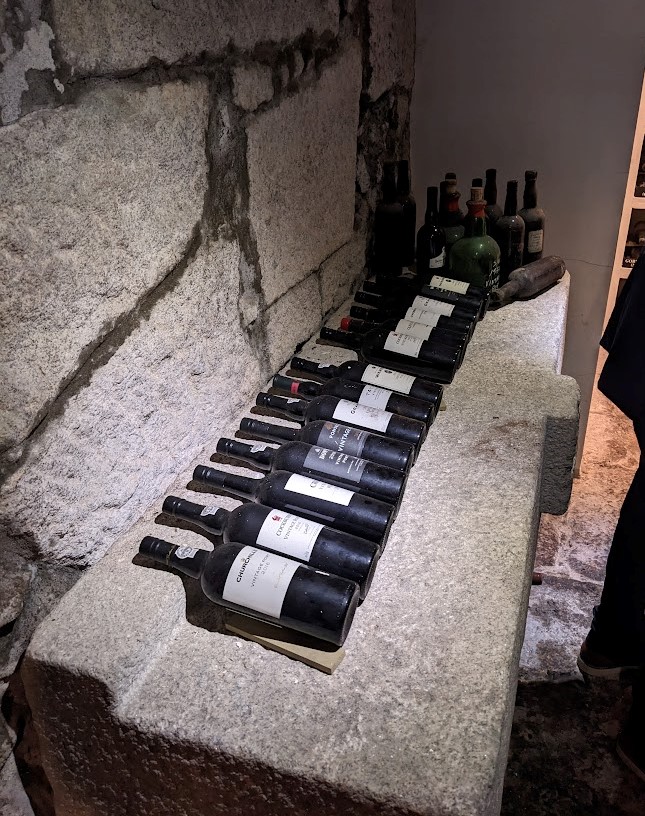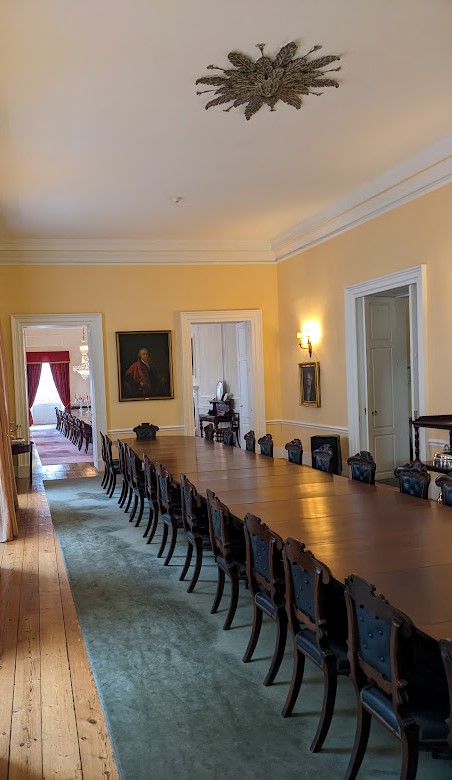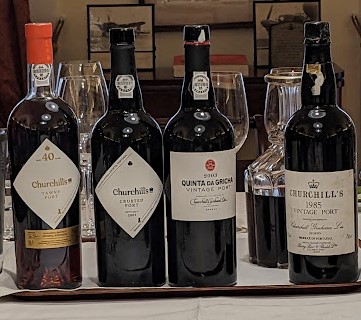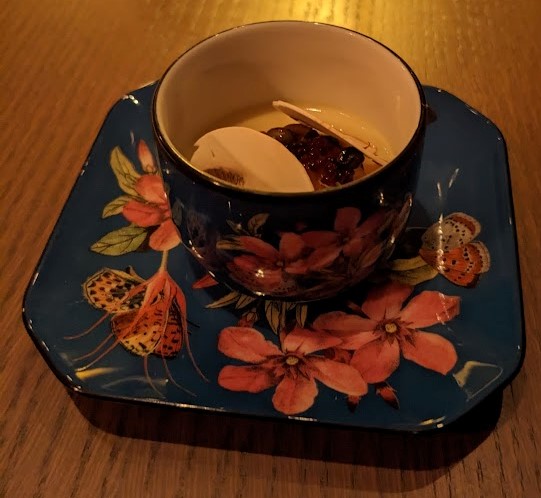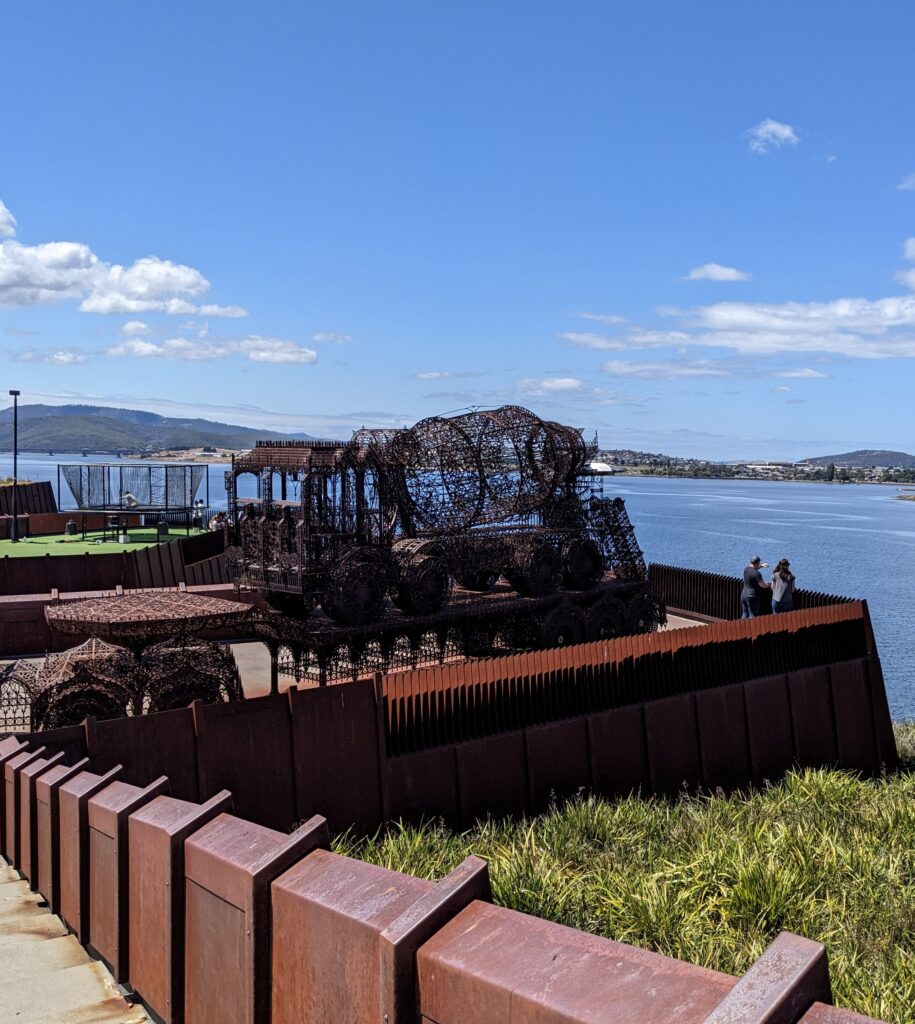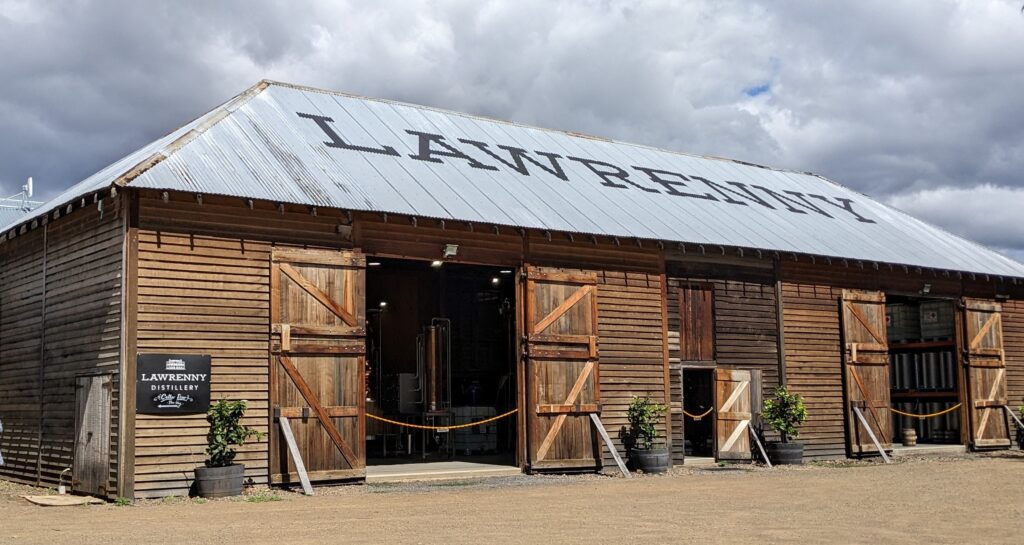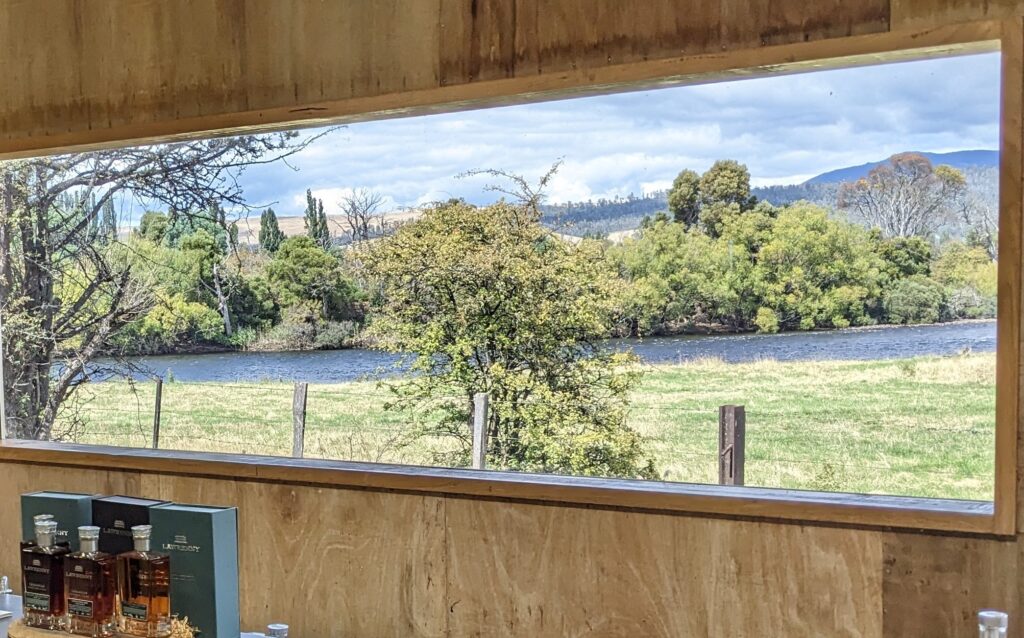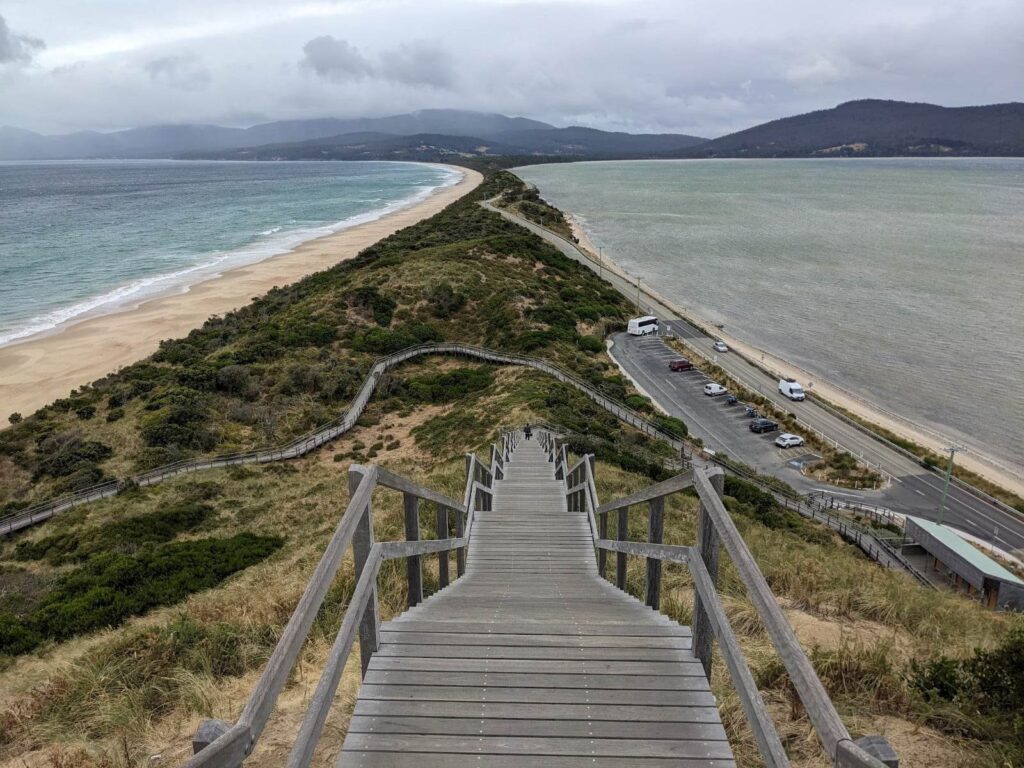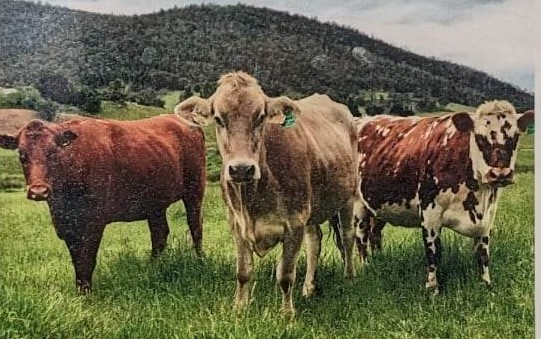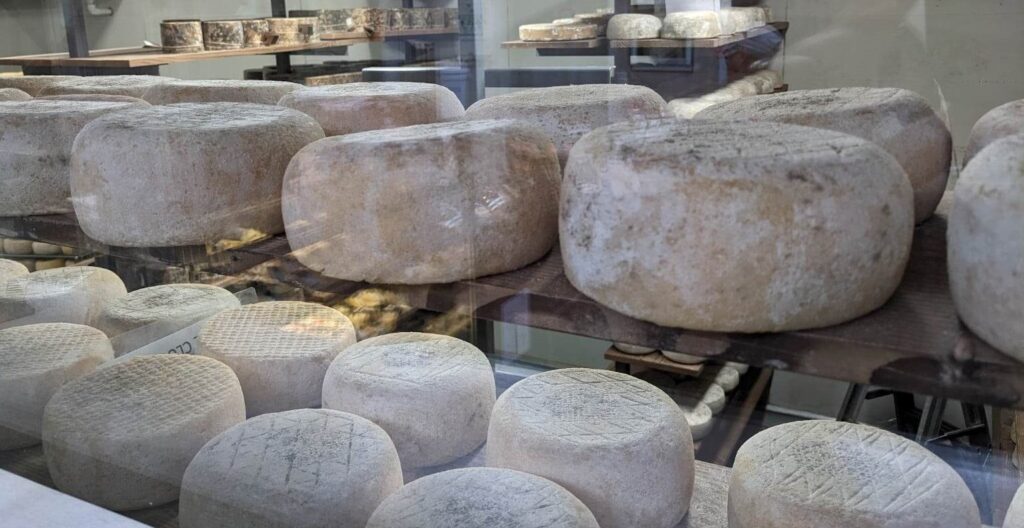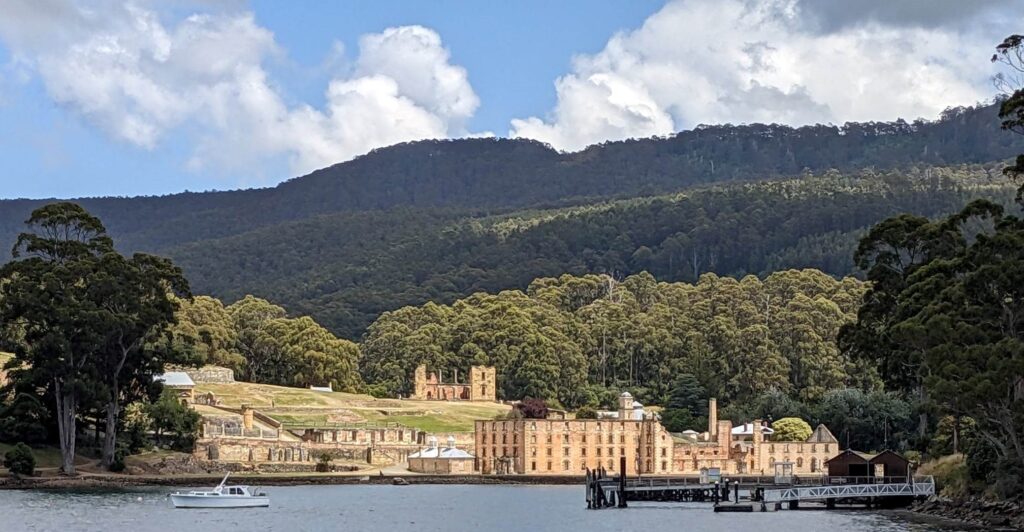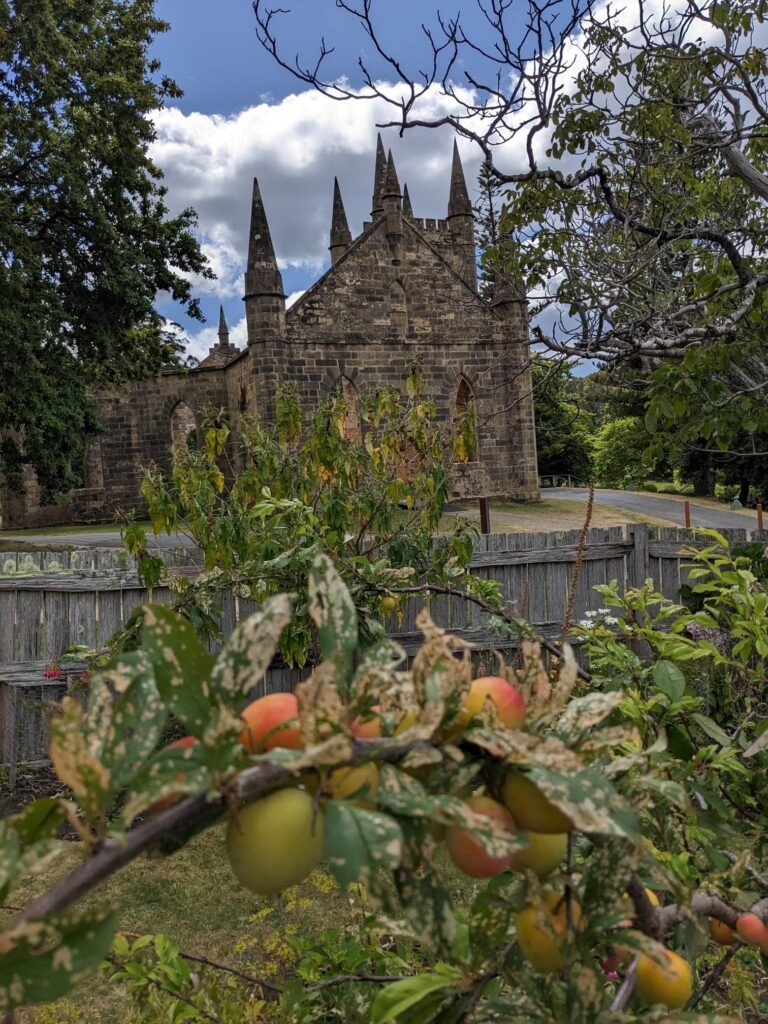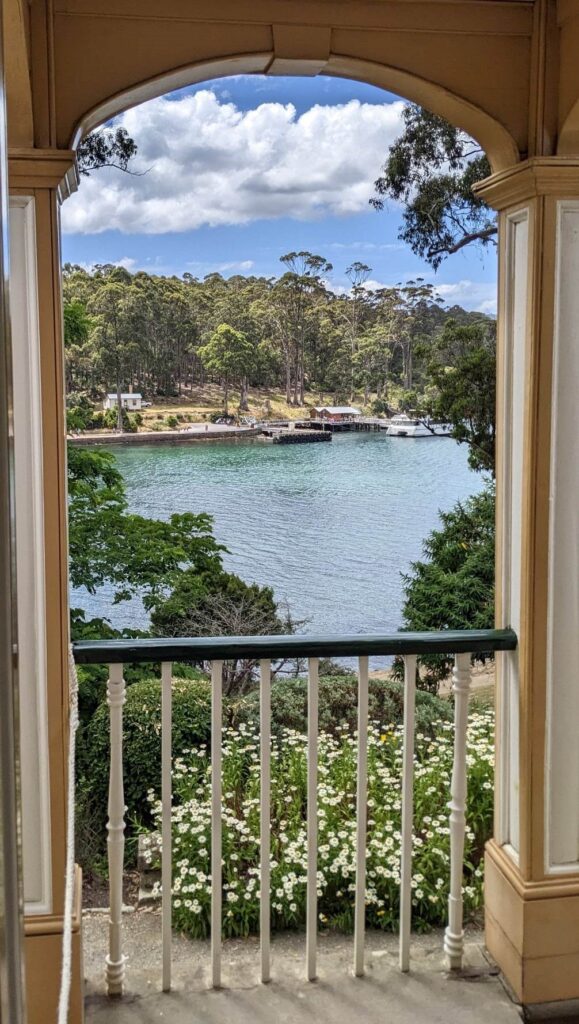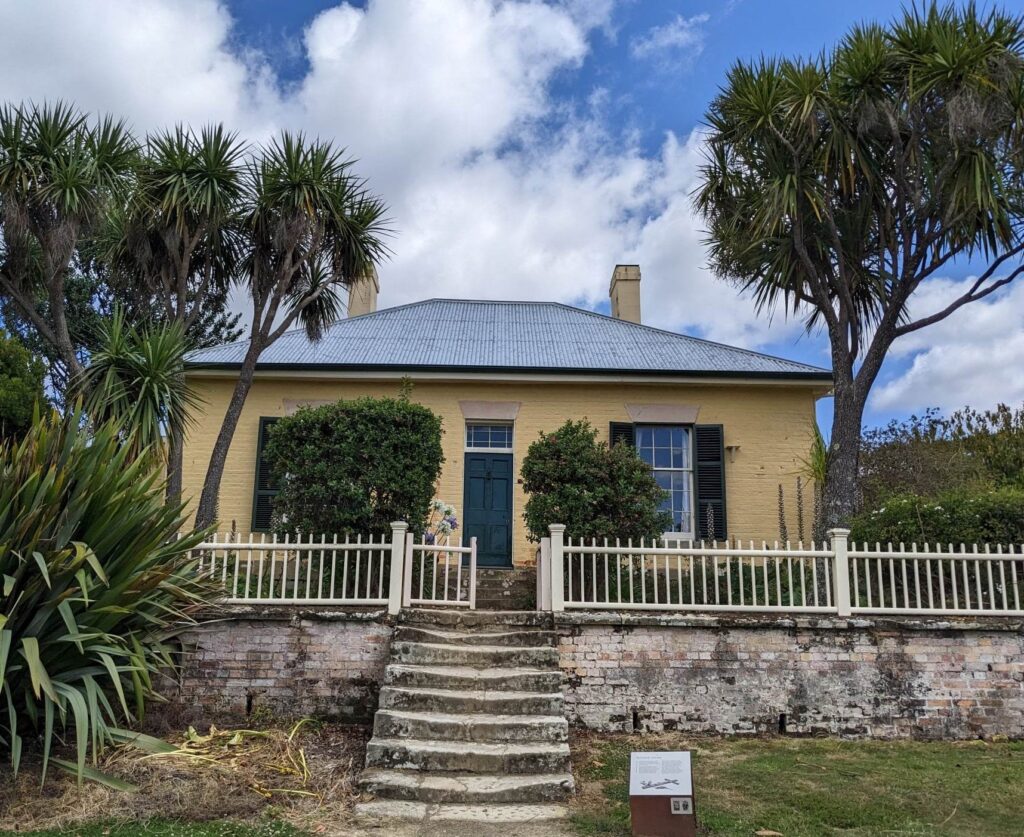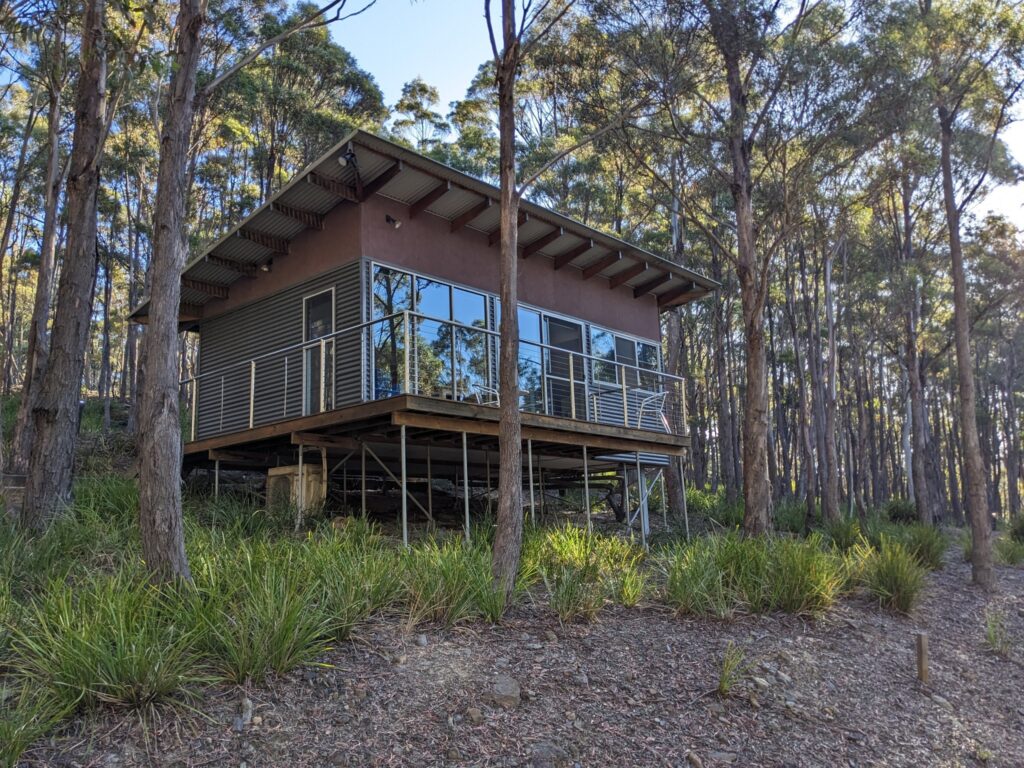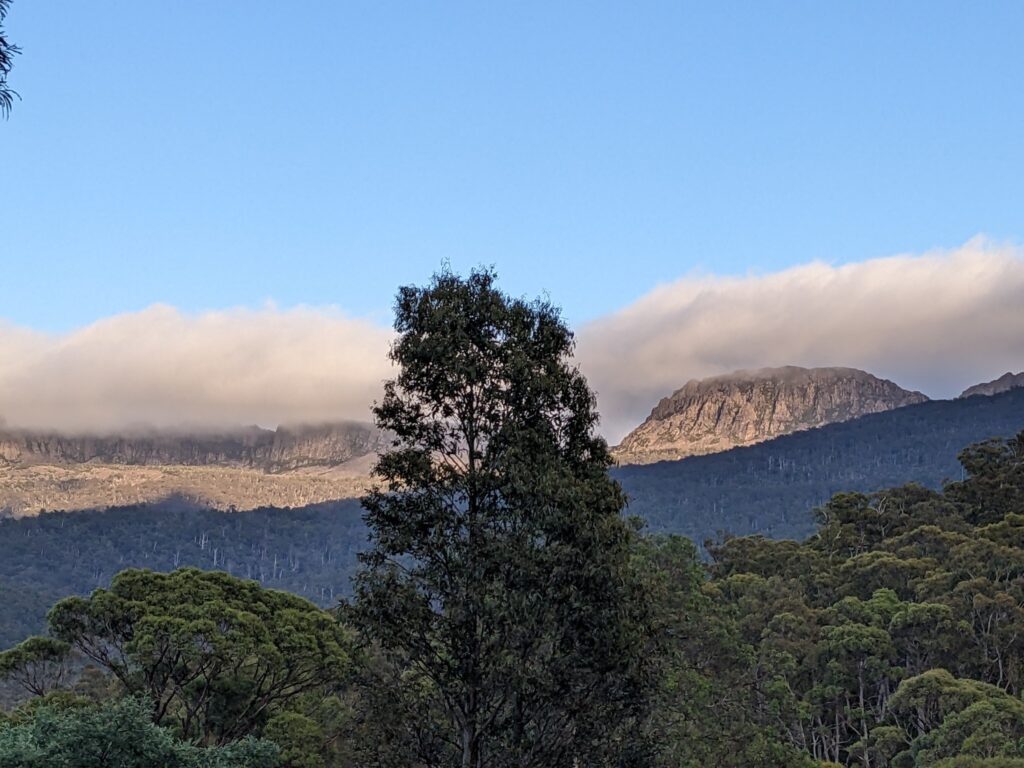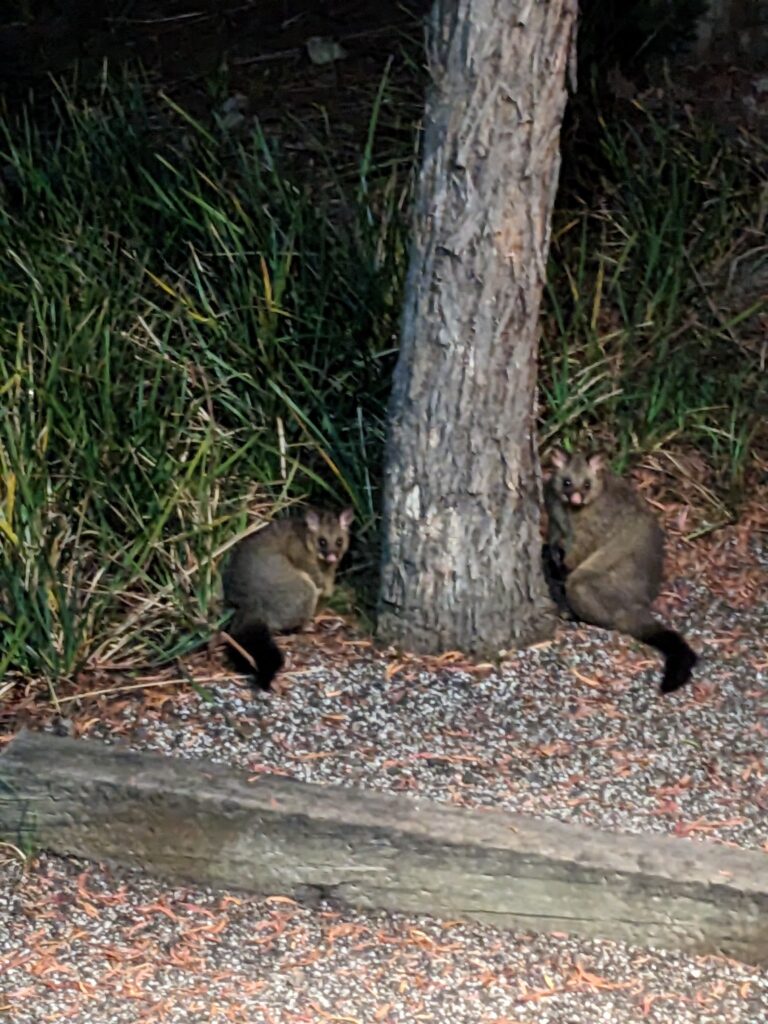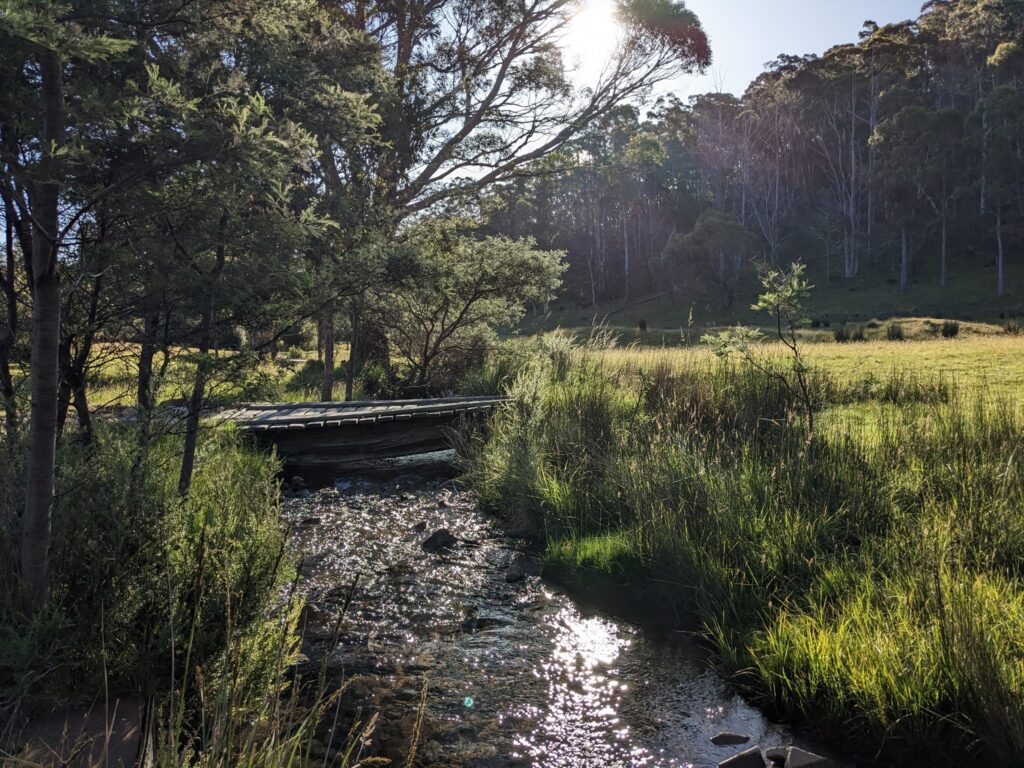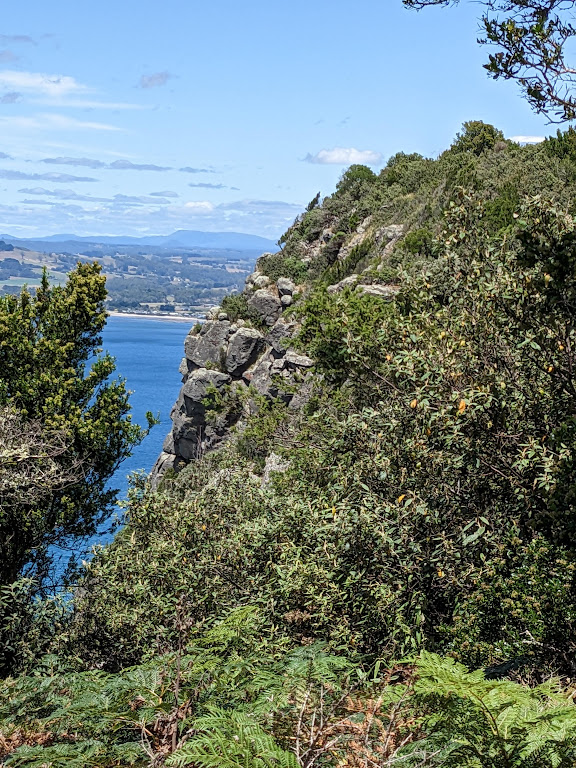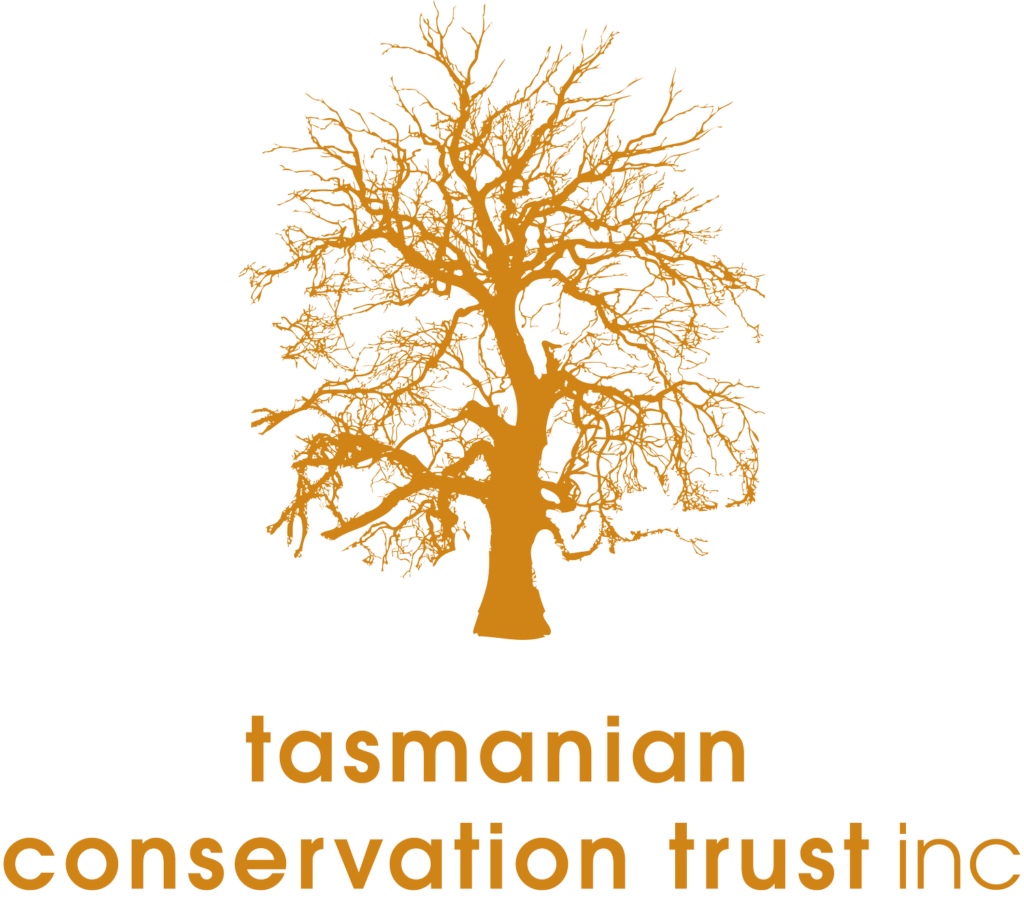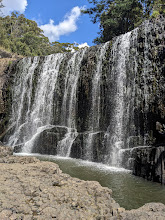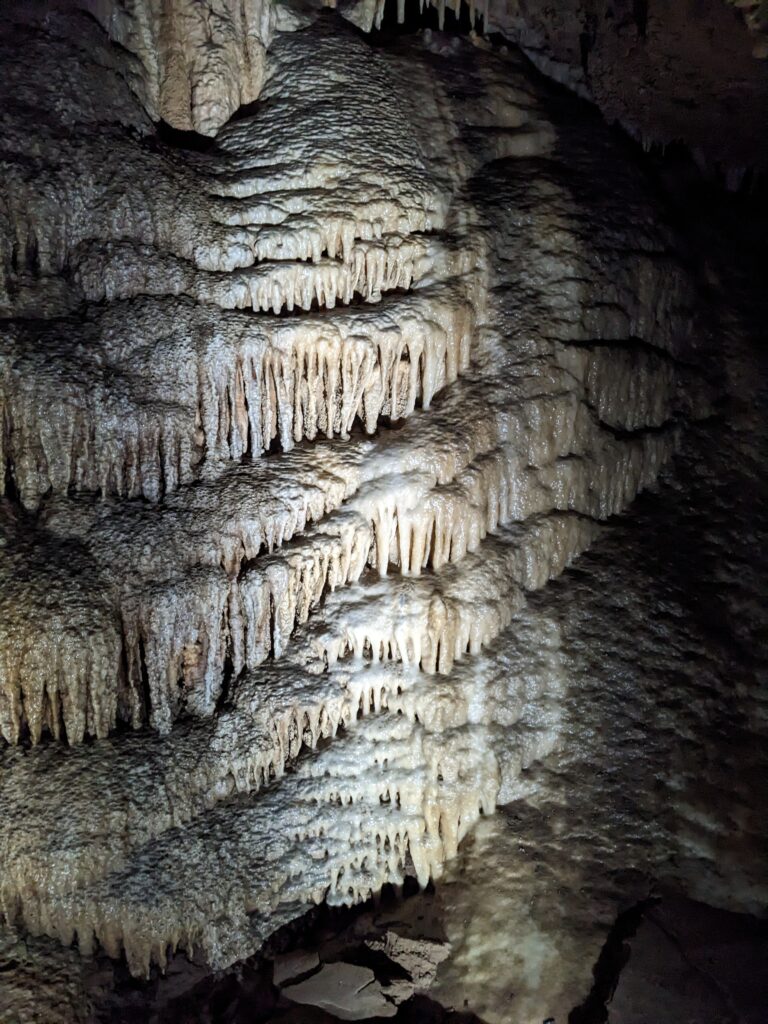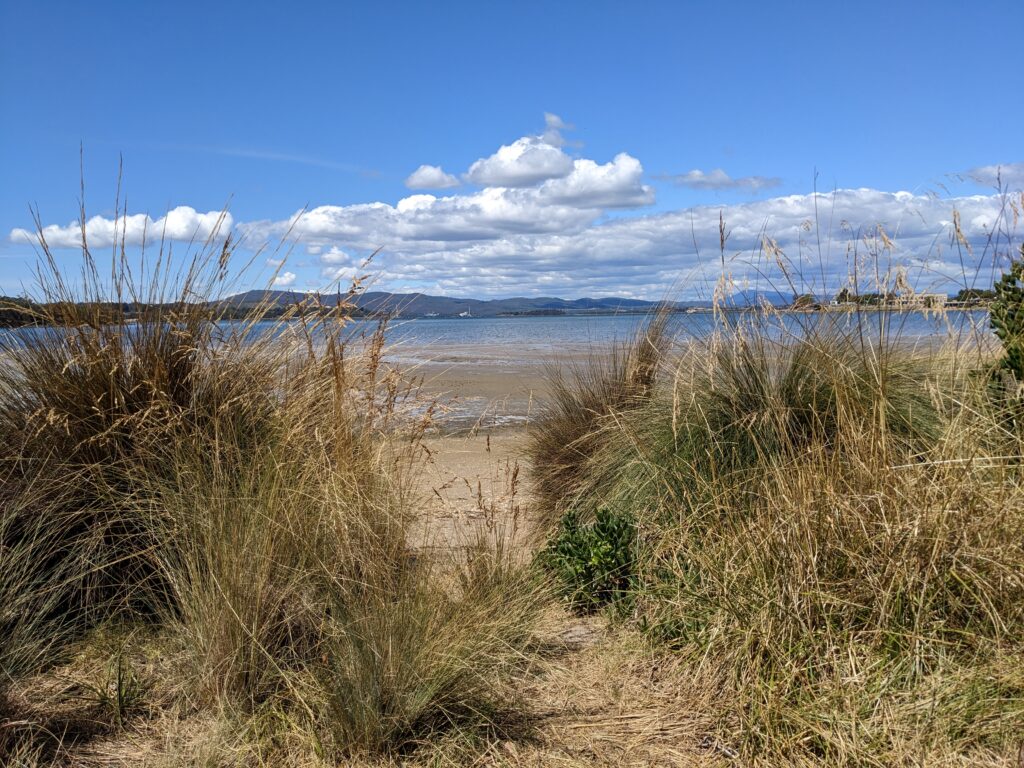Fez. A scrabble score of forty five on a triple word score. A city in Morocco. Or a red cap with a black tassel worn in Turkey, named for the crimson dye that is made in the city of Fez. Or Fès.
Fez. Known as the spiritual capital of Morocco, where you get three cities in one: the ancient medina on the river, founded in the 8th century; the royal administrative district of Fes Jdid, where you will find the Royal Palace (Dar al-Makhzen) and the Mellah (Jewish quarter); and the urban Nouvelle Ville, built during the French colonial era in the early 20th century, with its wide boulevards lined with Plane trees. This northern Moroccan city has a very different feel from Marrakech, where the medina seems to have been set up solely with tourists in mind. Here is a living, breathing city continuing its daily routine regardless of the tourists, and not because of them.
We arrive by train in La Ville Nouvelle, but we are staying – as do most visitors – in the medina. Our home for the week, Dar El Ghalia, is an 18th century riad, a traditional Moroccan house or palace with its enclosed courtyard, built within the old city walls for wealthy merchants and traders. Nowadays, many such homes have been converted into guest houses. Ours also has a terrific, but understated restaurant.
Facing inwards to a central courtyard that is generally open to the sky, the thick, windowless outer walls provide privacy, and keep out both the weather and street noise. High ceilings dispel the heat and fountains cool the air. Dar El Ghalia is decorated with the ubiquitous coloured tiles (zellij), stucco (carved fretwork of Arabic script providing quotes from the Koran) and painted wooden doors and shutters. In the centre of the courtyard is a large, star-shaped pond, decorated with blue and white tiles, with a fountain in the middle. Unlike many we have seen, this riad has a covered roof, so the courtyard has become a vast living space, the tiled floor scattered with Berber rugs, sofas, tiled dining tables, inlaid chests, and potted plants.
The bedrooms are located on the second floor overlooking the courtyard, with twenty foot ceilings and stained glass windows facing inwards. On the top floor, a large rooftop terrace provides panoramic views over the medina, and a cool breeze at sunset. It’s just a shame about the lack of Chardonnay!
The architectural origin of the riad is Ancient Greece, the garden design, Iran or the Middle East. Such a blend of two or more cultures is common in Morocco. And on the Iberian Peninsula too, where, for almost 800 years (from the 8th – 15th century ) Moorish sultans ruled, and their craftsmen introduced many of their building and interior design skills to Spain.
(FYI: the term ‘Moor’ – remember Othello? – was originally used to describe Berbers from the Ancient Roman province of Mauretania in North Africa. Later, it was applied more generally to Muslims living in Europe, particularly on the Iberian Peninsula).
The riad is the perfect design for a dry, hot country, and I can’t help feeling we should have adopted this design in many parts of Australia. Can I persuade the One and Only to replace our sloping roof with a flat roof garden? Or furnish the courtyard with coloured tiles and fountains?
In the meantime, we set out early with our tour guide Muhammad, to see what we can see. (N.B.: it’s actually 10am, but this is still early in Morocco. Most shops haven’t opened yet, and the myriad traders are barely there.) Yesterday, a similar exploration on our own got us severely entangled with numerous coach tours, forced to duck into quieter back streets to avoid the crowds, and inevitably lost among the maze of twisting lanes. There is a mad logic to these sinuous streets, hemmed in by the high walls of shop houses and riads, which insulate against the cold and shade from the sun, the curves dispelling any fierce winds. Also, there are no cars allowed – a brilliant notion after the mayhem of Marrakech – only people and donkeys. We soon spot the ‘kamikaze mules’ carrying gas cylinders on their backs, their hoofs encased in leather shoes so they don’t slip on the cobbles. ‘Beware the open flame, little donkey!’ And, if you have seen those snazzy stroller-wagons for carrying your kids and all their gear onto the beach, you can imagine the small trolleys used by traders bringing their goods into the market. Or perhaps they are chefs carrying their purchases back to their restaurant kitchen. Either way, we soon get pretty quick on our feet, listening out for the cry of ‘ahtaras!’ (“watch out!”), dodging and weaving through the jam-packed streets. Also, thanks to the ongoing renovations, we are also forced to dance out of the way of small three-wheeler trucks full of rubble or building materials.
Today, with Muhammad in charge, we go more willingly into the fray. Down into the rabbit warren of narrow alleys lined with market stalls, the owners are slowly setting up their wares: fruit and vegetables (it is the season for tomatoes and artichokes); baskets of orange blossom and a wide variety of olives from the orchards on the hillside outside the city walls; meat, fish, bread and Moroccan pastries. After gazing at a glass case full of sweet brioutes, fekkas and ghoribas, I am startled to turn around and find myself staring into the glazed eyes of three calves heads on a table, tongues lolling. On our return, these have been replaced by four black-haired goats heads. Beneath one fish stall, lies the head of a shark, while street cats are munching on the heads of small fish, thrown aside by the traders. One stall holder is butchering a side of meat that we are told is camel. Further on, we find ourselves in a marketplace full of caged pigeons (a local delicacy, and one we will try tonight) while chickens and turkeys are tied together in pairs, on the ground. You may buy them, dead or alive, for today’s Ramadan breakfast at sunset.
With some relief, we pass into lanes where shoemakers and knife grinders, dress makers, jewellers and metal workers are opening their doors and beginning their day. A whole lane is made over to those dying yarn, skeins hanging from high racks in rainbow colours. On a doorstep, a man arranges an assortment of herbs: rosemary, peppermint, spearmint and sage.
We pass many beautiful front doors, some intricately decorated, some plain and undistinguished, often heavily studded. We admire the detailed designs, the carved stone archways, the decorative brass door handles. Some doors are surprisingly short, while in others a smaller door is set into a larger one. For children or Hobbits perhaps? In fact, they are designed thus, so that visitors must enter with heads bowed, in an attitude of respect towards their hosts. Our guide explains that the larger door can be opened to allow a donkey and its rider to pass through – presumably with both heads bent!
We pass the two largest mosques in Fez (there are apparently 350 mosques in the medina alone), supposedly built by Fatima al-Fihriya and her sister, Meryem, in the 9th century. Al-Qarawiyyin and Al-Andalus are two of the oldest mosques in North Africa. These two women originally came from Tunisia. On inheriting a fortune from their merchant father, the sisters decided to invest their inheritance in building mosques to promote Islamic teaching. (Major mosques in the early Islamic era were typically used for both religion and teaching.)
Al Qarawiyyin, within the walls of the old medina, is the larger of the two, and will host some 2,500 people tomorrow, for the final day of Ramadan. Thought to be one of the oldest universities in the world, it was also one of the leading spiritual and educational centres of the Islamic Golden Age. (The 8th – 13th centuries.)
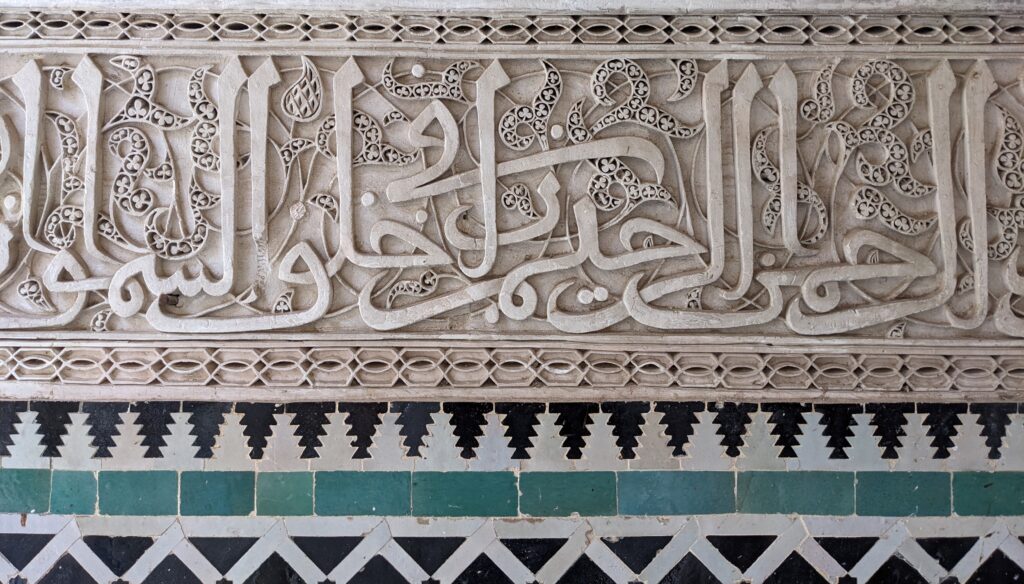
The Al-Andalus Mosque takes its name from the Andalusian refugees who fled Cordoba at the beginning of the 8th century and settled on the eastern bank of the river, Oued Fez. Five hundred years later, the mosque became a part of the Al-Qarawiyyin University. The clay roof tiles of the mosques all over Fez are glazed green, symbolizing paradise and peace. Blue, too, is a favourite colour, walls and doors painted in turquoise to represent the sky, water and heaven.
Although, as Christians, we cannot enter the mosques, we are permitted to visit the building beside Al Qarawiyyin. The Al-Attarine Madrasa gets its name from the Souk al-Attarine, the surrounding spice and perfume market. This lavish madras or boarding house was built for poorer students who came from all over Morocco to study.
We climb steep stone steps to see the students’ sleeping quarters. Expecting to find large dormitories, instead, we discover a maze of thirty small rooms. Some are blessed with tiny windows at ground level, others are more like cupboards, but each room boasts its own letter box and pretty tiled floor.
Our guide whips us into a carpet shop, where we get hijacked by a lovely carpet salesman who is determined we will not leave empty-handed. We do, but I am sorely disappointed to leave behind two rather divine carpets. Our host, nonetheless, gives us a tour to the rooftop and a tray of Moroccan tea, along with a wonderful education in Berber rugs.
Fez is also famous for its leatherworks. And the tanneries here, in the centre of the medina, have been in operation for centuries. We clamber up and down staircases to a balcony overlooking an acre of round, stone vats, each filled with different coloured natural dyes. Mostly shades of brown, there are also green (made from mint), blue (indigo), yellow (saffron) and red (poppies). Although the tannery was recently renovated, I feel as if I have stepped back in time, as I watch men climb fully clothed into the vats to tread on the skins (goat, cow, lamb and camel) or drag them from the vats and wring them out by hand, before tossing them over walls to dry. Hard to believe that the satin-soft leather we can feel in the shop behind us has emerged from such rough treatment – or that it starts out smelling so bad that we are given a handful of mint to clutch to our noses as we watch. The tannery is apparently run as a cooperative, and many of the workmen’s relatives run the leather shops overlooking the tannery.
Fez was designated a UNESCO world heritage site back in the 1980s, and over the last decade, the push to revamp the crumbling medina has been going strong, as well as apparent attempts to clean up the river, which had become a dump for rubbish, not to mention the used dyes from the tannery.
Wandering on, the crowds thicken – local shoppers, tourists, school kids – and we pause to peer through the archway into the tomb of Idriss II. As non-Muslims, we cannot enter, but we manage a glimpse of the tomb from the doorway. We pass through the Place As Seffarine, where metal workers are polishing up copper pots, or beating out a much-practised tune on the bottom of a large cauldron. Our guide casually points out wooden windows ‘from the 12th century’, and opposite, the door to one of the country’s oldest public libraries, founded in the 14th century. The books and manuscripts within are so valuable that the heavy copper door has four locks, and four librarians are responsible for one key each.
And so we wind back up the hill to our safe haven in Dar El Ghalia, and a glass of Moroccan tea. Time out, before we have to consider what delicacies we would like for dinner…
Photos mostly from the One & Only, with thanks!

